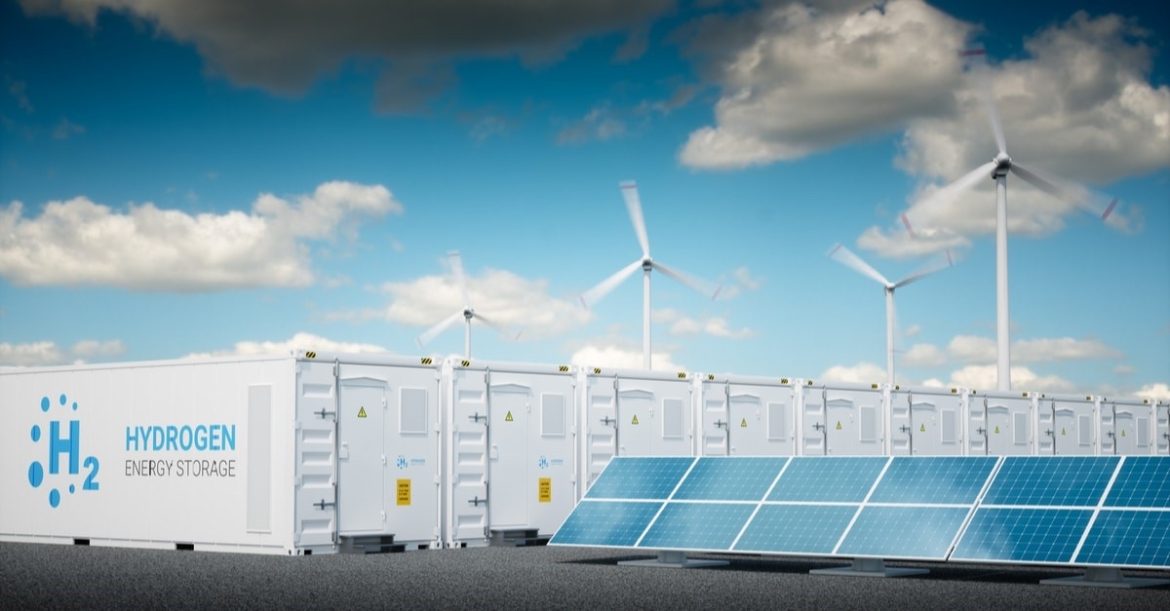The African continent is making significant strides in the renewable energy sector, particularly in green hydrogen, according to a report by The African Energy Chamber (AEC). Titled “The State of African Energy 2Q 2023 Outlook,” the report reveals Africa’s burgeoning capacity in hydrogen electrolyzers—currently at about 125 gigawatts (GW)—which now eclipses solar and ranks second only to wind energy on the continent.
Leading this hydrogen surge are Egypt, Mauritania, South Africa, Morocco, Namibia, and Djibouti, countries that recently formed the Africa Green Hydrogen Alliance (AGHA). AGHA is an ambitious initiative with goals to produce between 30 and 60 million tons of clean hydrogen annually, adding up to $126 billion to the collective GDP of its member nations by 2050 and creating as many as 4 million new jobs.
The Impact of Hydrogen
Green hydrogen serves as a versatile feedstock in numerous sectors including steel and ammonia production, energy storage, and as a fuel. Traditionally, hydrogen production has been associated with high carbon emissions, but when electrolysis is powered by renewable energy sources—as AGHA plans—the resulting hydrogen becomes an environmentally friendly fuel with minimal life cycle emissions.
Africa’s Advantage
Africa offers a rich supply of renewable energy sources such as solar and wind, making it ideal for green hydrogen production. According to Deloitte, the cost of producing clean hydrogen in Africa could be up to 75% cheaper than in Europe, thanks to abundant renewable energy resources and lower production costs. As hydrogen production accelerates in the 2030s, the continent’s cumulative solar and wind capacities are expected to reach 75% of their total potential, indicating symbiotic growth among these renewable energy types.
Learning from Others
Although African economies lag behind their Western counterparts, the continent could turn its less industrialized status into an advantage by avoiding the pitfalls of outdated or inefficient technologies.
Current Projects
Several significant hydrogen projects are already underway, including Mauritania’s AMAN project, which is the largest green hydrogen initiative in Africa with an expected output of 1.7 million tons per year. Other noteworthy projects include Namibia’s 3 GW Tsau Khaeb project, South Africa’s green ammonia plant with a capacity of 780,000 tons per year, and Egypt’s 4 GW electrolyzer plant in the Suez Canal Economic Zone.
Investment Opportunities
The large-scale projects require substantial capital, drawing significant attention from investors. According to a joint study by the European Investment Bank, African Union, and the International Solar Alliance, the green hydrogen sector offers commercial attractiveness and profitability. Deloitte estimates that export revenues from African hydrogen could reach $110 billion by 2050.
Time to Act
Bitsat Yohannes, the UN Office of the Special Adviser on Africa’s cluster lead for Energy and Climate, recently emphasized that for many African countries, the challenge isn’t just reducing their already minimal carbon footprint but harnessing existing resources for economic development and poverty alleviation—all while pursuing a sustainable, net-zero future.
With several projects already taking off and immense investment potential, now is an opportune time for stakeholders to become part of Africa’s promising green hydrogen journey.



